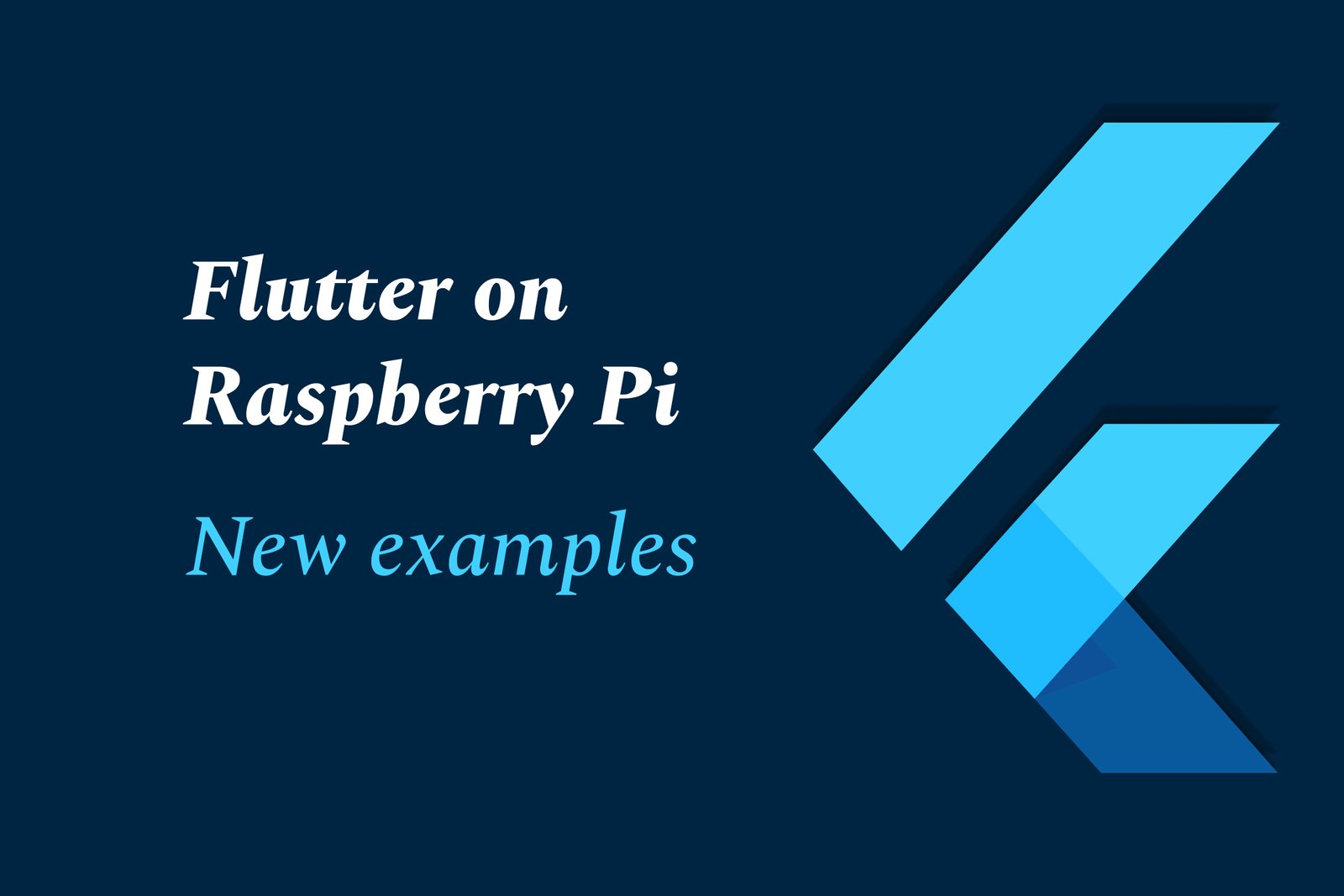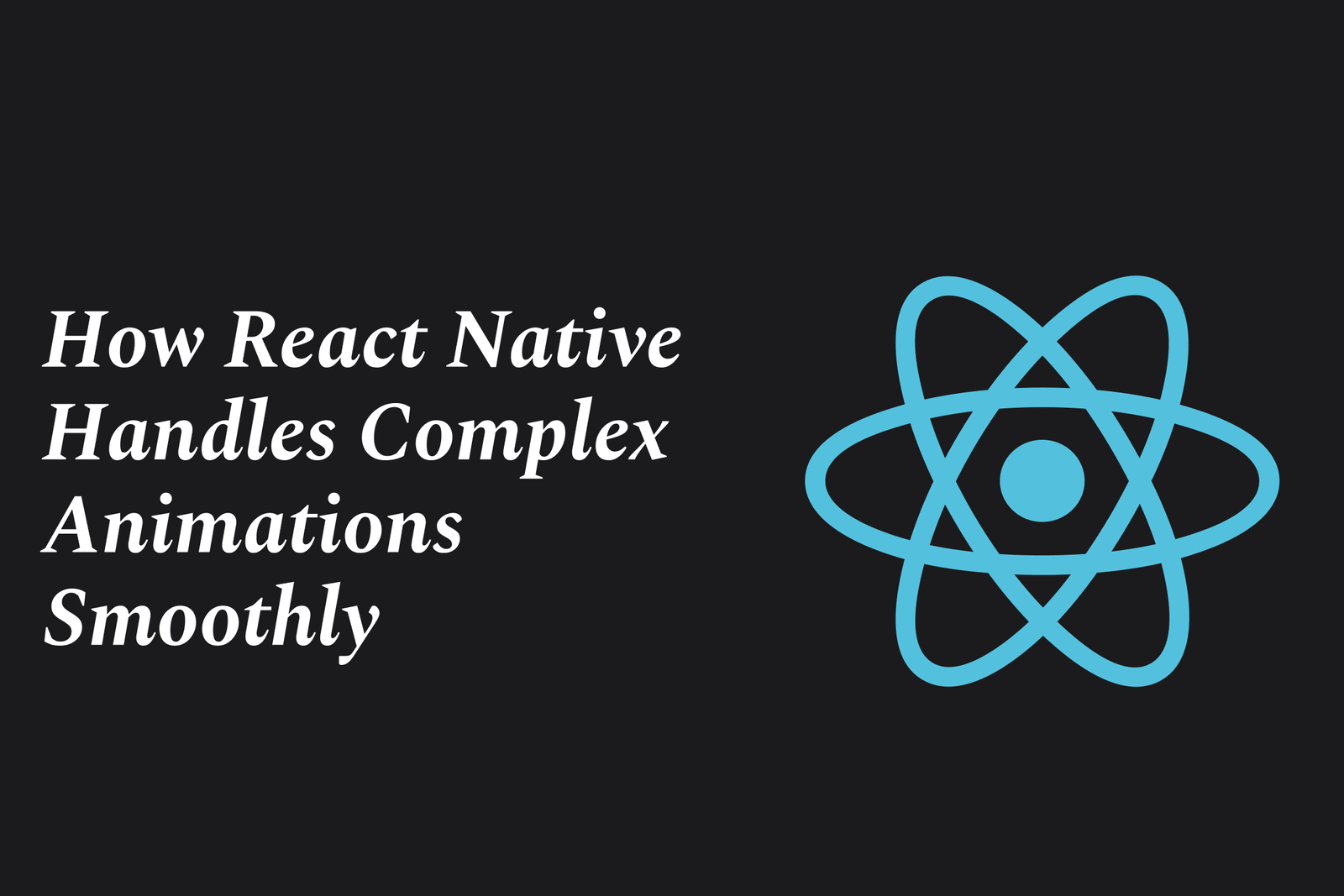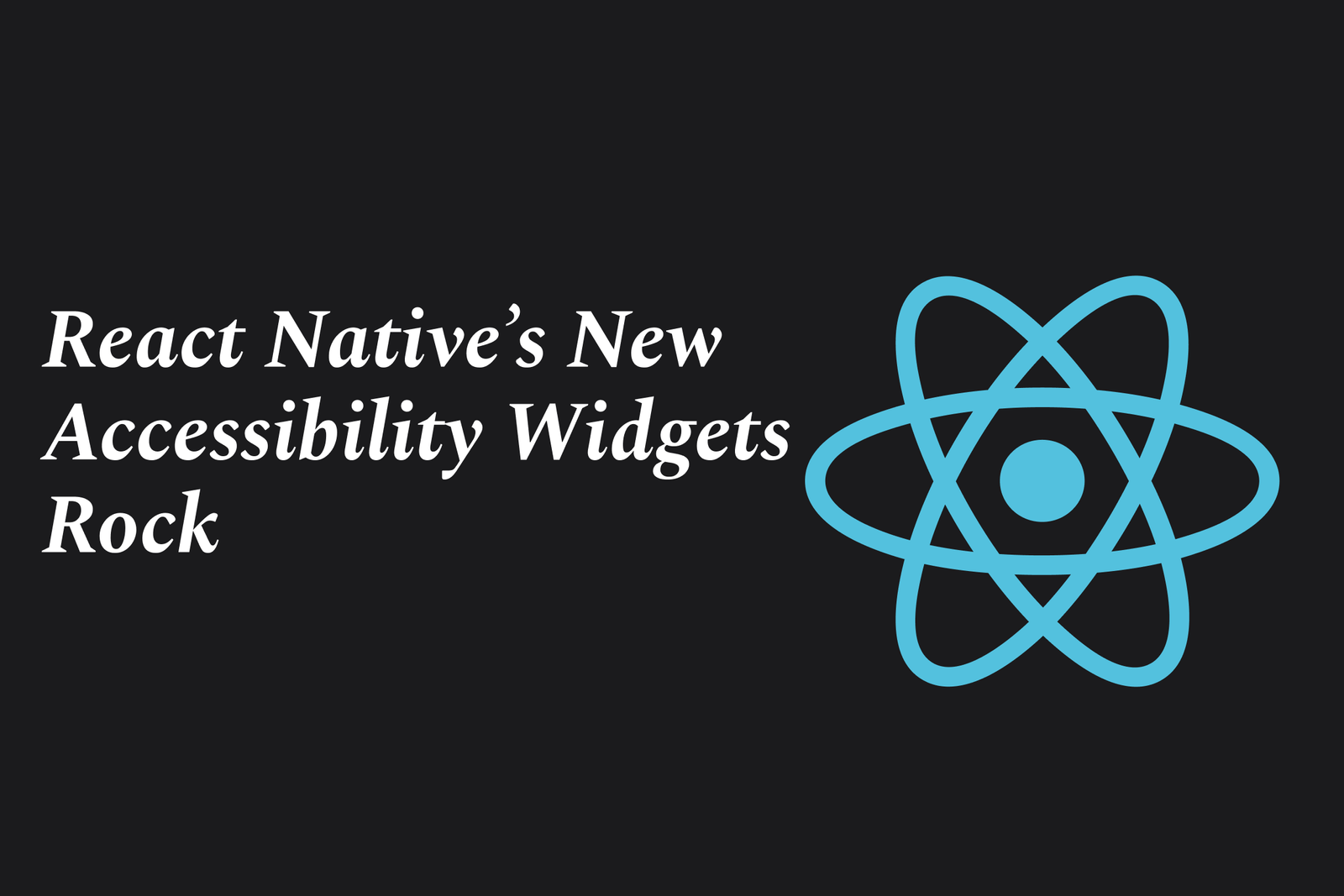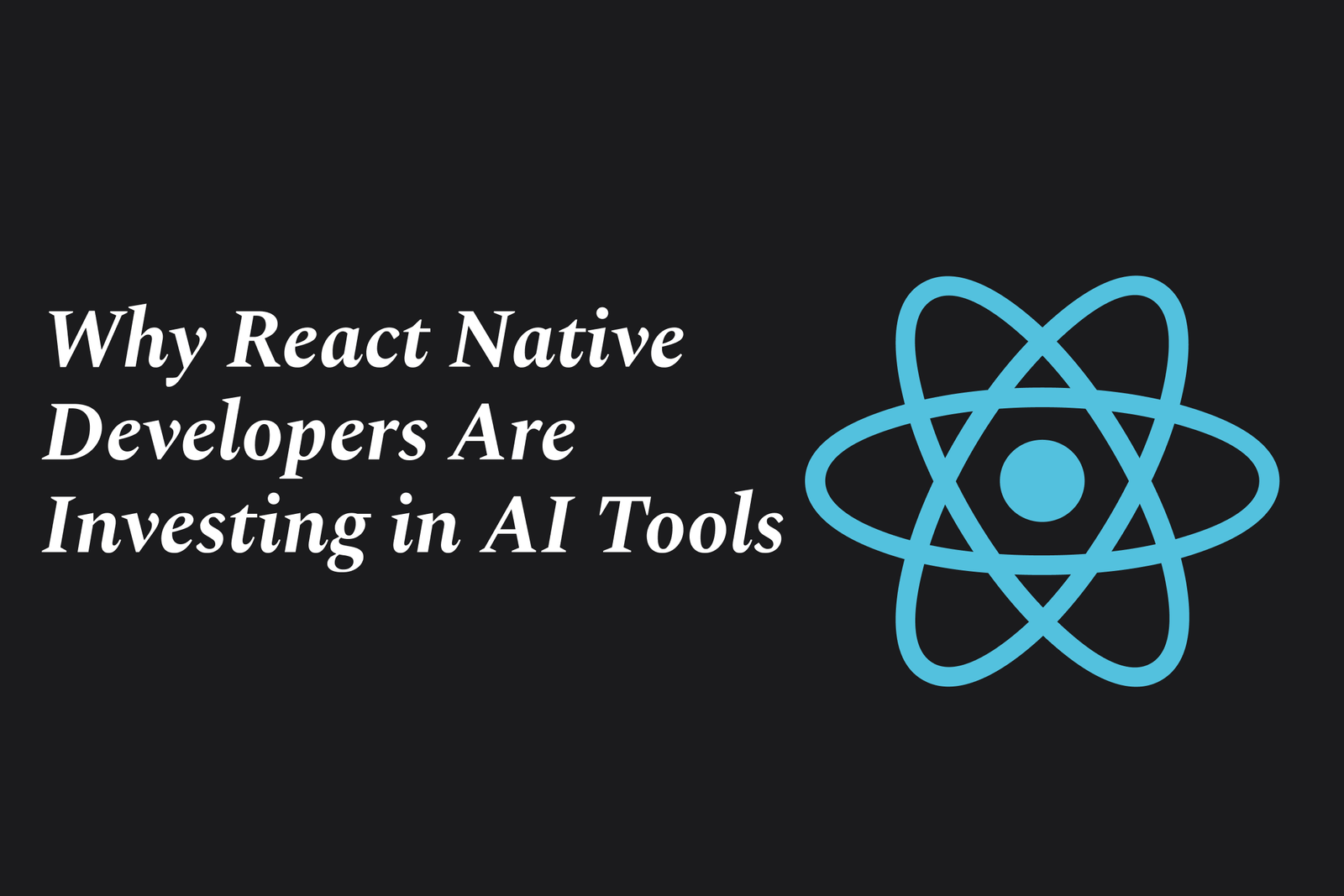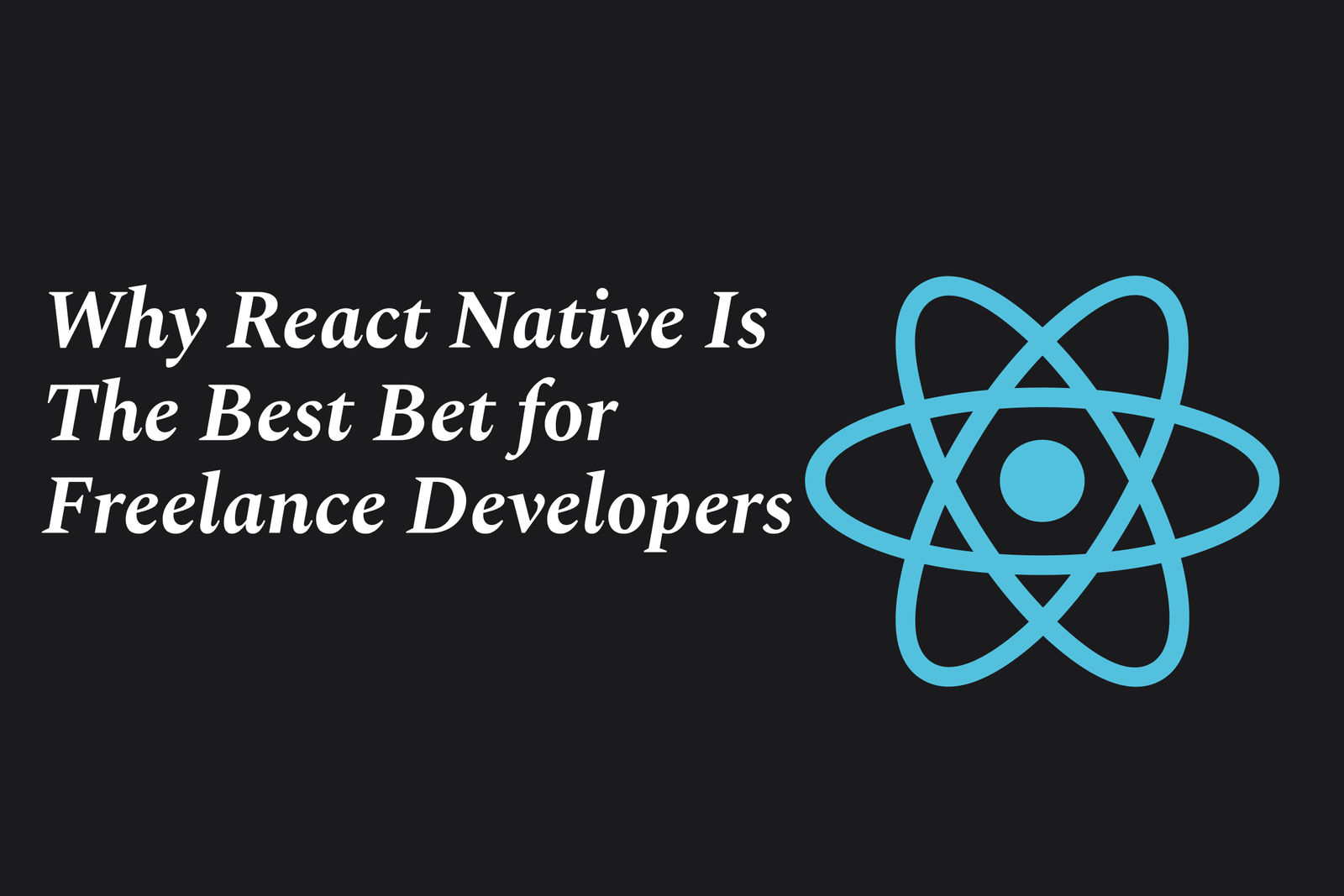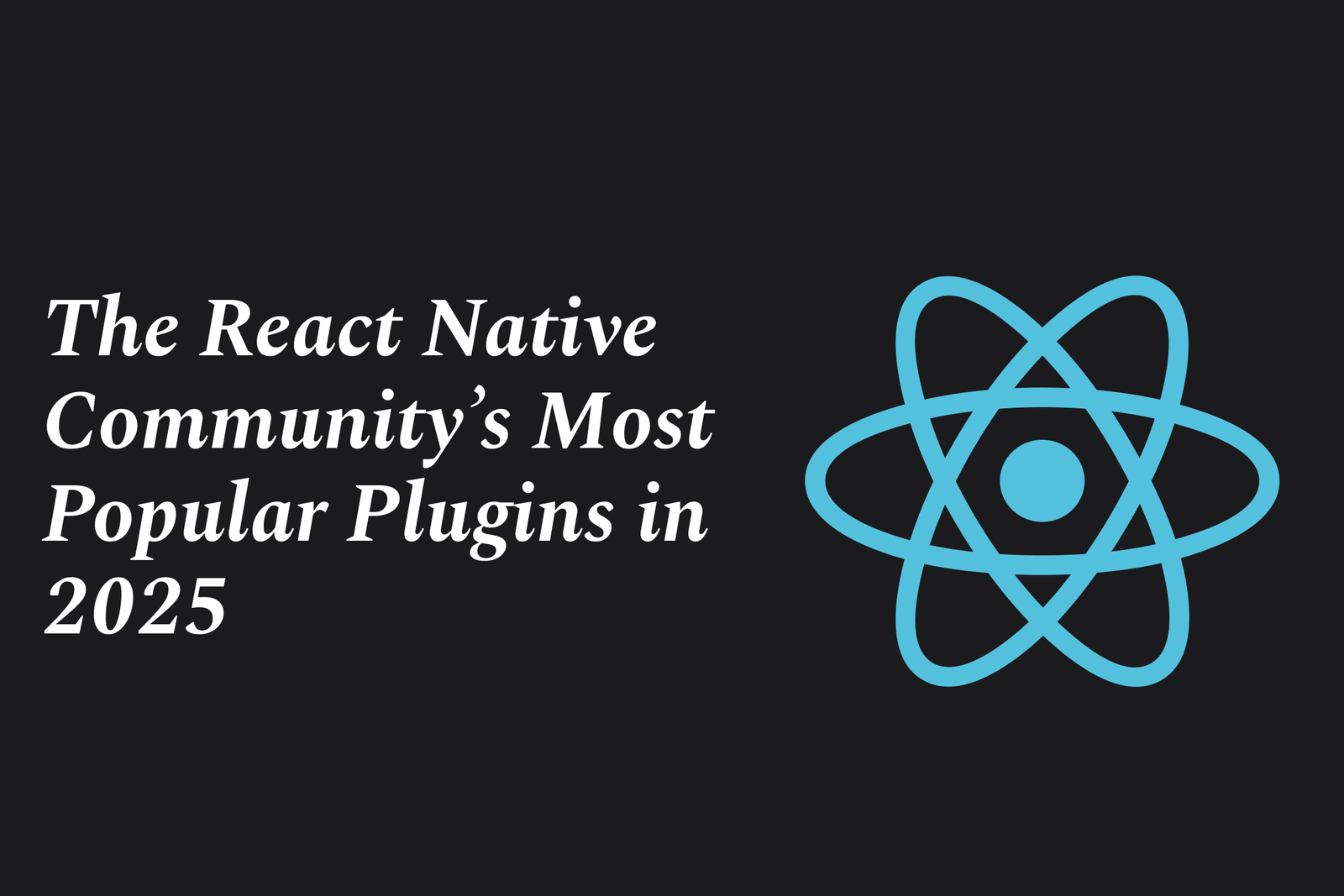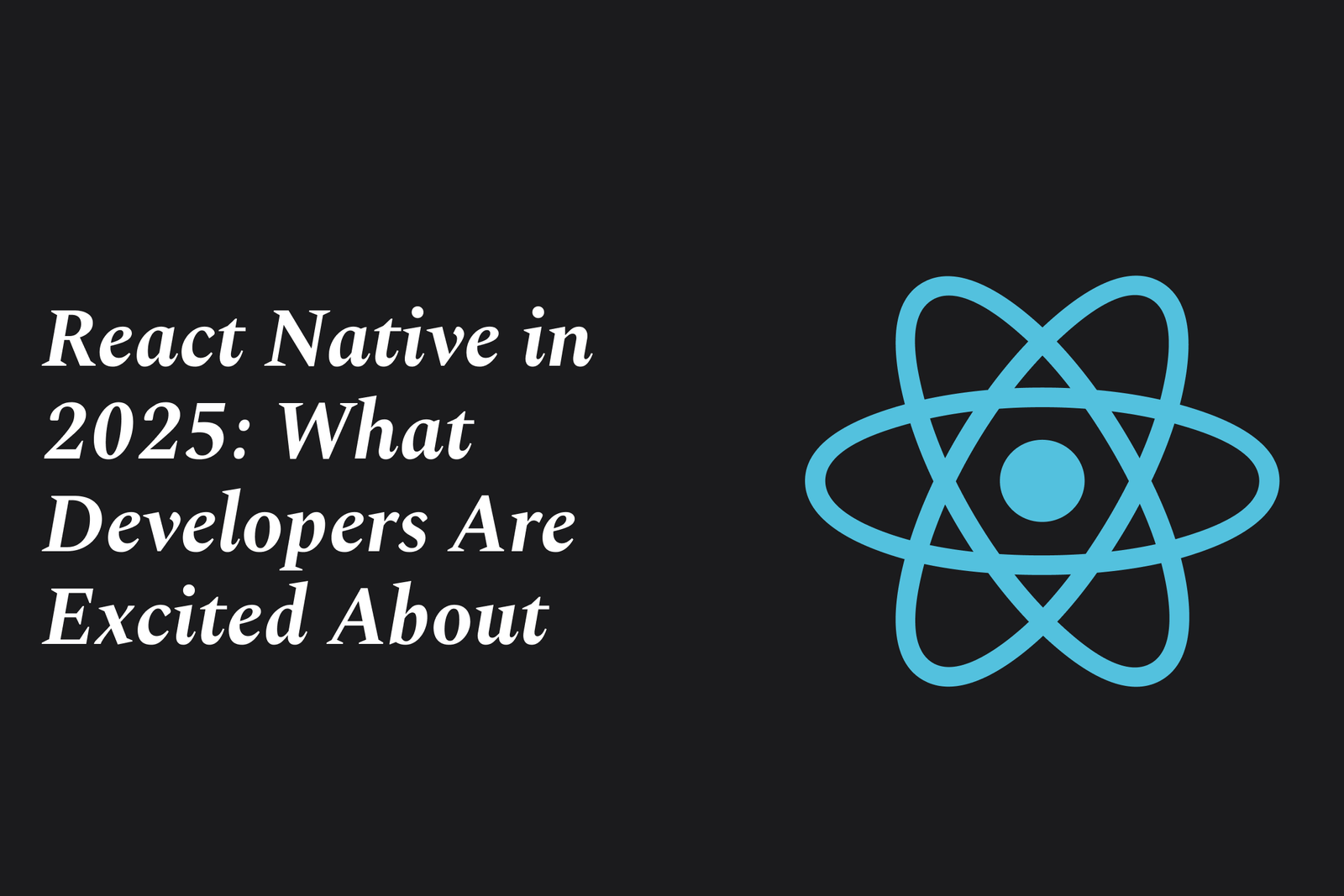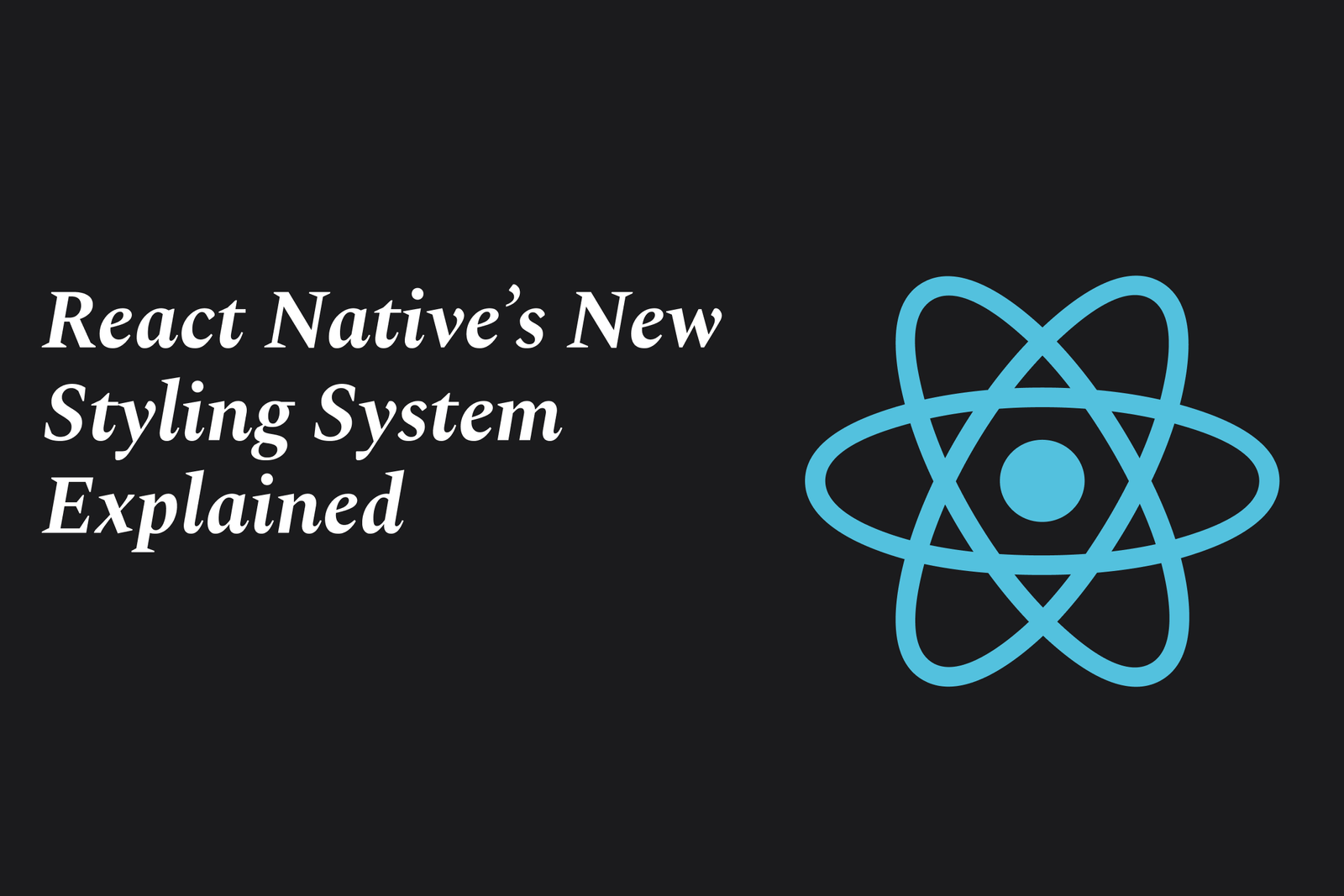Flutter on raspberry pi: new examples
Flutter on Raspberry Pi introduces new examples showcasing how Flutter apps run on Raspberry Pi for IoT and embedded projects, such as sensor monitoring with MQTT and UART communication. These demos highlight Flutter's versatility in creating interactive, hardware-integrated applications.
Flutter on Raspberry Pi: New examples
1 ) Overview of Flutter and Raspberry Pi Integration
Flutter, a popular cross platform app development framework, is increasingly being utilized on Raspberry Pi devices for various innovative projects. The Raspberry Pi's hardware capabilities paired with Flutter's ease of app development enable creative IoT solutions and embedded applications.
2 ) Plant Monitoring System Using Flutter and Raspberry Pi
A practical example involves monitoring a plant’s moisture and temperature using sensors connected to a Raspberry Pi.
The Raspberry Pi collects sensor data and pushes it to a database.
A Flutter app then accesses this data to notify the user when the plant needs watering, including options for manual refresh.
Communication between the app and Raspberry Pi is facilitated using MQTT messaging protocol, managed through Solace’s PubSub+ broker.
The project demonstrates how to build a Flutter app with MQTT integration using the `mqtt_client` package, showcasing connecting, subscribing, publishing, and disconnecting functions.
3 ) Development Setup and Tools
Flutter installation and basic knowledge are prerequisite.
Setting up a Solace broker for MQTT messaging is essential, achievable via Docker or cloud hosted PubSub+ Cloud.
Raspberry Pi runs Raspberry Pi OS with Python pre installed for handling sensor data.
4 ) Flutter Embedded UART Project on Raspberry Pi 4B
Another example includes a multi part tutorial series focused on enabling UART (Universal Asynchronous Receiver/Transmitter) communication on the Raspberry Pi 4B with 8GB RAM using Flutter.
The project employs TTL to USB adapters to facilitate serial communication, vital for industrial and SCADA systems.
This project aims to build a foundational Flutter app capable of bidirectional data exchange through UART connected to the Pi, opening doors to custom IoT applications.
5 ) Community Insights on Flutter Pi Deployment
Discussions emphasize the importance of matching Flutter versions with Flutter pi engine binaries for smooth deployment on Raspberry Pi.
Developers often use Flutter Version Management (FVM) tools to maintain consistency between development environment versions and Raspberry Pi runtime requirements.
Shared tips highlight nuances in deployment strategies and version management for efficient Raspberry Pi app development.
6 ) Potential Use Cases and Applications
Hosting video files on Raspberry Pi 5 with SSD for 24/7 streaming integrated with Flutter apps, illustrating the versatility of the platform.
The collected examples demonstrate Flutter’s expanding role in embedded systems, IoT projects, and multimedia hosting on compact Raspberry Pi hardware.
Summary:
The article highlights innovative uses of Flutter on Raspberry Pi, including sensor based plant monitoring with MQTT messaging, UART communication tutorial for embedded systems, and practical advice for app deployment. These new examples demonstrate Flutter’s flexibility for IoT, industrial applications, and multimedia integration on Raspberry Pi devices, supported by community expertise and evolving tooling strategies.
https://justacademy.in/news-detail/flutter-and-tensorflow-lite-examples
https://justacademy.in/news-detail/flutterflow-and-low-code-revolution-in-2025
https://justacademy.in/news-detail/flutter-web-is-now-production-ready:-key-announcements
https://justacademy.in/news-detail/flutter-roadmap-beyond-2025
https://justacademy.in/news-detail/flutter-plugin-security-best-practices
Related Posts
React Native’s new accessibility widgets simplify adding inclusive features by providing semantic components, enhanced focus management, and customizable properties. They ensure apps are more accessible, improving user experience for people with disabilities across iOS and Android seamlessly.
React Native’s push notification personalization tricks involve using tools like Firebase Cloud Messaging to send tailored, timely alerts that boost user engagement. By leveraging user data and segmentation, developers create relevant, dynamic notifications that enhance app experience seamlessly.
In 2025, Meta unveiled major React Native updates including a new architecture with Fabric and TurboModules for faster performance, enhanced debugging tools, and advanced Expo features—solidifying React Native as a top choice for building high-quality cross-platform apps efficiently.
React Native’s latest plugin ecosystem is rapidly expanding, offering developers a surge of new tools and integrations that enhance app functionality, streamline development, and unlock native device features—driving innovation and flexibility like never before in mobile app building.
React Native’s new CLI tools streamline app development by simplifying setup, automating tasks, and enhancing debugging. These improvements boost productivity, reduce manual work, and support modern architectures, making React Native development faster and more efficient than ever.
React Native is revolutionizing social app development by enabling fast, cross-platform building with near-native performance. It streamlines creating engaging, interactive features while cutting costs and time, powering the next generation of vibrant, scalable social applications.
React Native’s new styling system enhances consistency and developer experience by adopting a component-based approach, integrating a robust design system for spacing, colors, and typography, and enabling better theming and device adaptability while simplifying style maintenance.
The React Native community’s most popular plugins in 2025 enhance app functionality with tools for Bluetooth integration, authentication, navigation, and performance. These plugins address evolving developer needs and compatibility challenges, enabling richer, cross-platform mobile experiences.
React Native’s secret sauce for faster app deployment lies in its single codebase for iOS and Android, combined with hot reloading for instant updates. This streamlines development, cuts costs, and delivers native-like performance, enabling quicker, efficient launches across platforms.
React Native is the best bet for freelance developers because it enables fast, cross-platform mobile app development using familiar React skills. Its efficiency, strong community support, and market demand make it ideal for creating high-quality apps without separate iOS and Android codebases.
